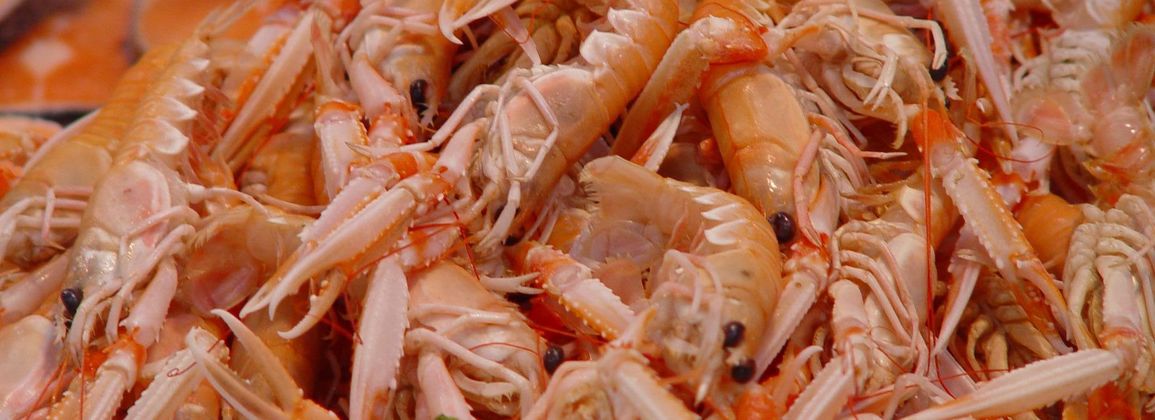The growth rate of cod in aquaculture can be increased using a natural method, according to results from the European project CODLIGHT-TECH, which is led by scientists at Matvælarannsóknir Íslands (Matís). The results indicate that it is possible to encourage growth and slow down the puberty of cod in aquaculture. These results are innovative and important in the development of cod farming in the world, but they can contribute to shorter farming times, improved feed utilization and more efficient cod farming.
Furthermore, it can be said that the results are interesting because energy prices are low in Iceland and therefore this is a real option for Icelandic farmers.

The research is a joint project of Matís, Hraðfrystihús Gunnvarar and Álfsfell in Ísafjörður, Stirling University and Johnson Seafarms in Scotland, Intravision Group, the Marine Research Institute in Bergen and Fjord Marin in Norway and the Agricultural University of Lund in Sweden. In addition, Vaki DNG participates in the project.
Dr. Þorleifur Ágústsson, project manager at Matís, says that it is very important to be able to prevent sexual maturation in cod in farming. When a cod reaches sexual maturity, it stops growing so that the rearing period is extended with associated costs for the farmer.
It is also known that cod spawn in sea cages and therefore it can be considered that fertilized eggs are released into the environment, but it should be noted that no negative mixing of genetic material has been shown and such research is still in its infancy. This is a very important step towards making fire an environmentally friendly industry with improved feed utilization, which means that less feed falls to the bottom under pens. "In parallel with this research, Matís and partners are working on extensive research into the environmental impact of aquaculture with the aim of increasing the sustainability of cod farming, which means that the resource is not wasted," says Dr. Þorleifur Ágústsson.
"Following the debate in Europe on aquaculture, it is clear that cod farming is generally considered to be the next major aquaculture industry after salmon farming. It is predicted that by 2010 European nations' production of farmed cod will reach around 175,000 tonnes, with a market value of around EUR 880 million. Therefore, producers place great emphasis on defining and solving the problems that can affect the development of the industry, but one of those problems is the sexual maturity of farmed cod, "says Þorleifur.













